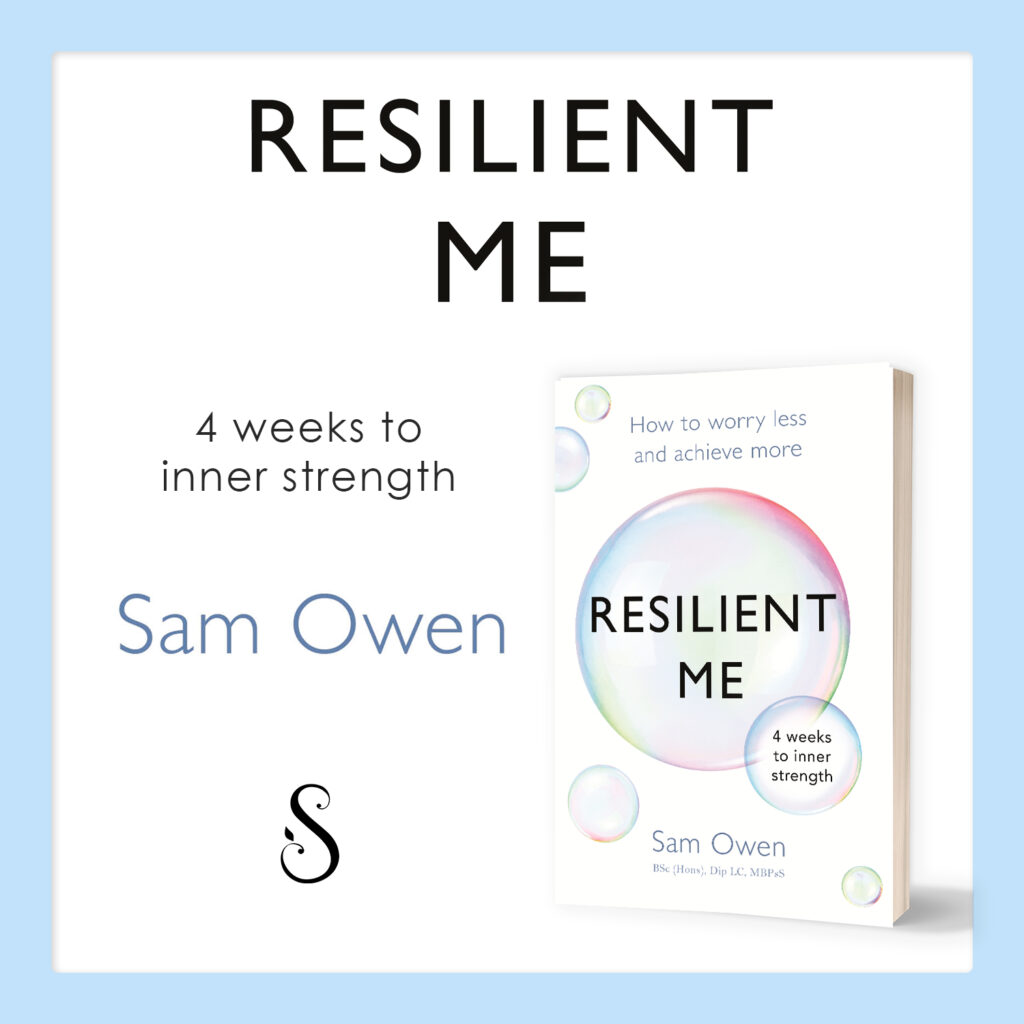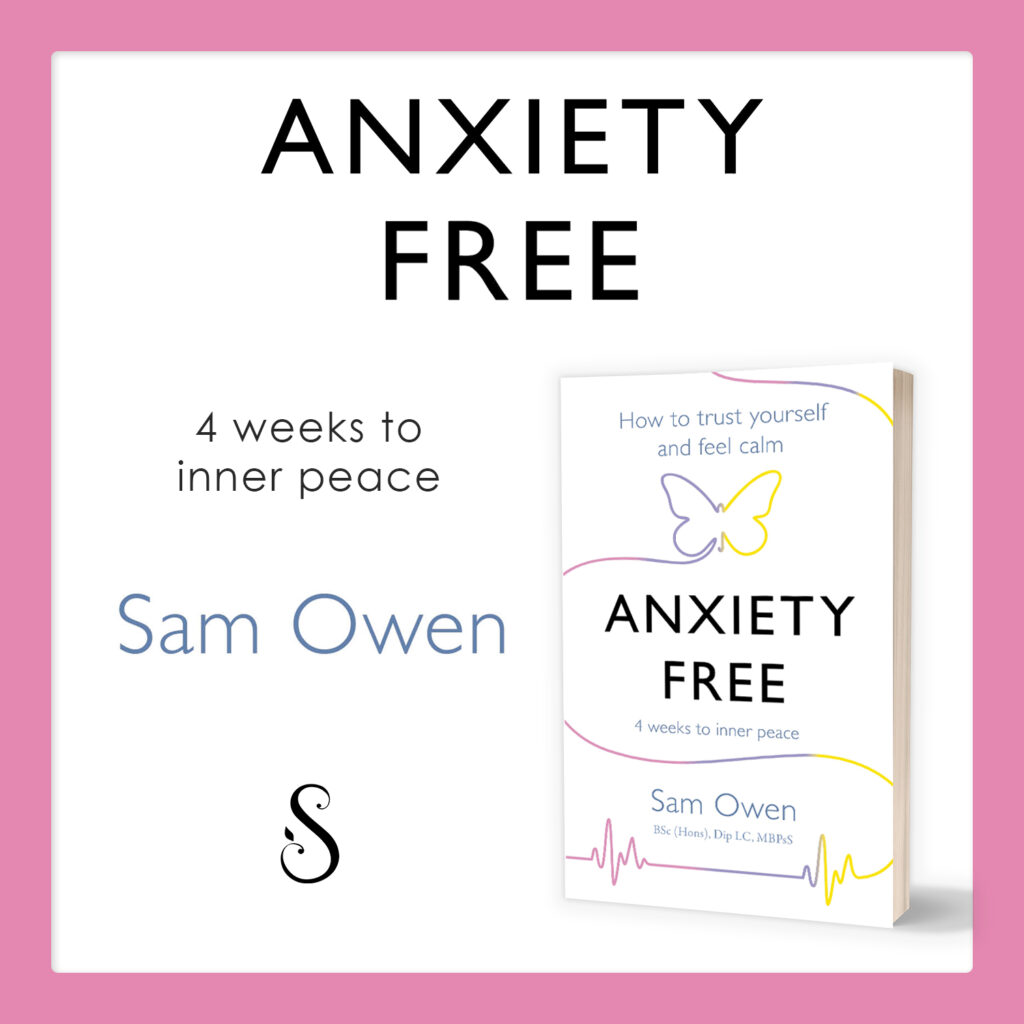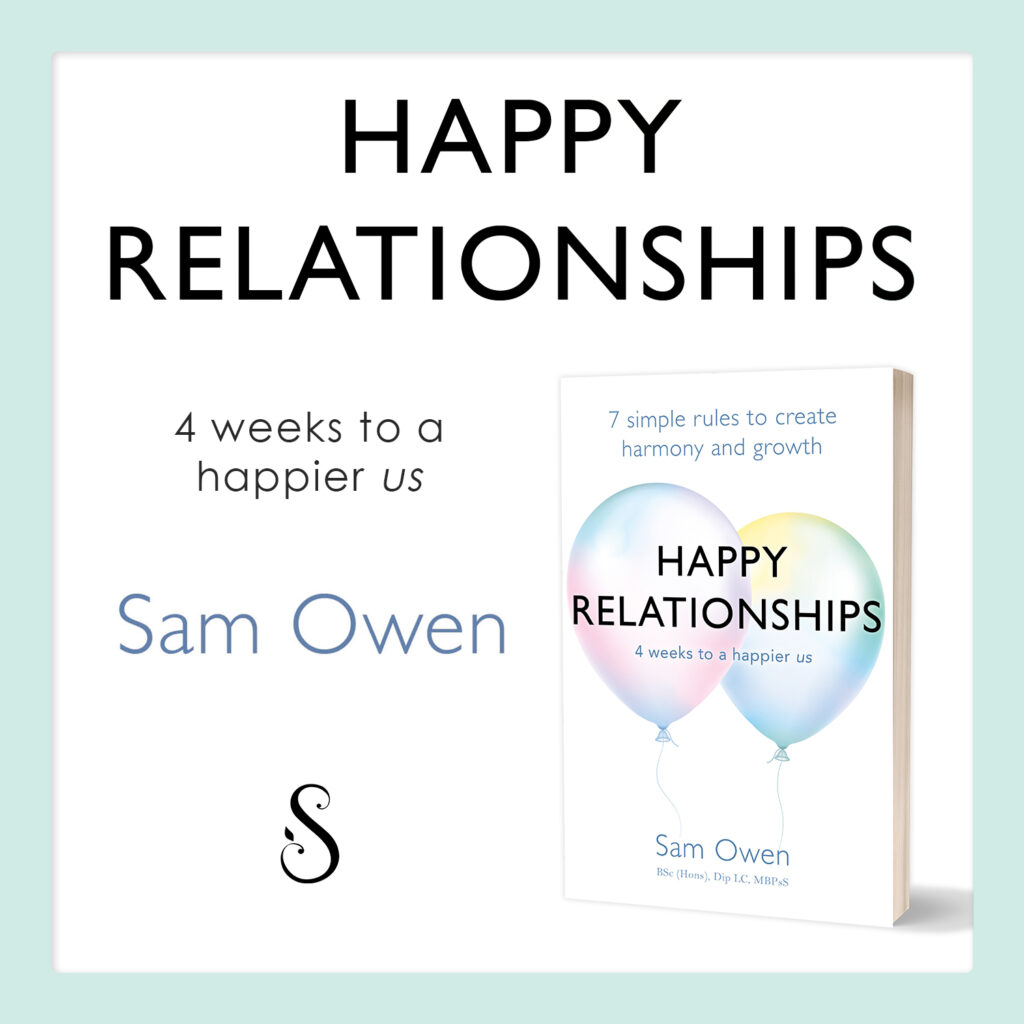
Are you stuck in denial about something in your personal or work life and is it preventing you from progressing?
When faced with traumatic experiences some people use the defence mechanism of refusing to acknowledge the reality of their situation. In Elisabeth Kubler-Ross’ theory of the Five Stages of Grief (1969) she identifies the stage of denial as a phase in which some people become stuck. Rather than progressing from it, they reside there for the long haul and then watch other difficulties becoming magnetised towards them.
This defence mechanism of denial can affect a person’s entire life if they never move out of this stage.
Due to a by-product of long-term denial – reduced energy levels – the person’s mind and body will not function at their optimum level. This can result in irritation for the individual as he becomes unable to perform even simple tasks, further perpetuating his frustration, stress levels and declining self-esteem. The person may also become angry with himself for worrying about things that others don’t appear to worry about. This can then feed his feelings of inadequacy about himself as a person, a parent, a partner, a friend, a sibling, a son/daughter, or as a business owner. Consequently, these negative feelings can create even more self-frustration and self-doubt.
It’s up to that individual to break that negative cycle. No-one else can do that for him.
An analogy may help:
When you don’t acknowledge your feelings the pressure builds up, just as on a rainy day, the condensation builds up inside your car and the windows become steamed up. You then struggle to see through the car windows and the whole journey takes much more concentration because the view is blurred.
Simple things like turning right at the next junction, suddenly leave you feeling anxious, panicky and inadequate because you can’t see as clearly as you could before the car windows steamed up and you may now worry about all the things that could go wrong in this scenario.
When you roll your driver’s window down you demist your car by reducing the condensation. Suddenly, you can begin to see out of the windows again. Now you’re able to see the angle and position of the right turn you need to make as well as the nearby traffic, and simultaneously feel the anxieties and negative self-doubt dissipating.
The longer you keep your window open, the more the condensation is reduced and the more clearly you can see the road ahead of you again. The more clearly you can see the road ahead the less anxious you’ll be about travelling down it. You’ll see the road signs to get you to your destination, you’ll see any signs of real (rather than imagined) danger in advance so that you can avoid them, you’ll know where you need to take a right and where you need to turn left and where you need to continue straight on in order to get to your destination safely. You’ll take the journey in your stride, get there safely and become confident that any future journeys you take will also begin with clear views because you’ll know to keep your car condensation-free during all your journeys.
Whilst the Five Stages of Grief were written in reference to dealing with illness, death and loss, the theory can be applied to any difficult experiences you are contending with, including challenges in your business. If you can identify with the phase of denial, then acknowledge the repercussions of sitting in the condensation and decide what you need to do to crack the window open.
Reference - Kübler-Ross, E. (1969). On Death and Dying. London, UK: Routledge.













